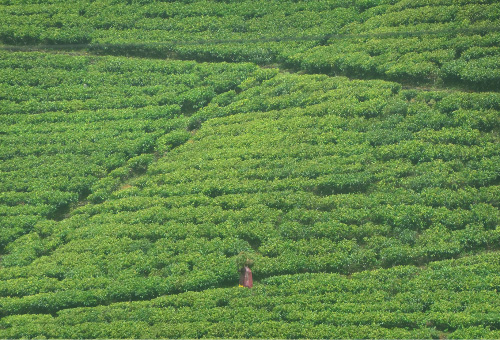
Sri Lanka’s tea-producing region is not only vastly different from anywhere else in the country, but is one of the most mysterious, awe-inspiring landscapes I have ever seen. Perched more than a mile above sea level and dotted with waterfalls and lush floral, its mist-shrouded green fields seem to extend on forever, which says nothing of the legendary tea grown here.
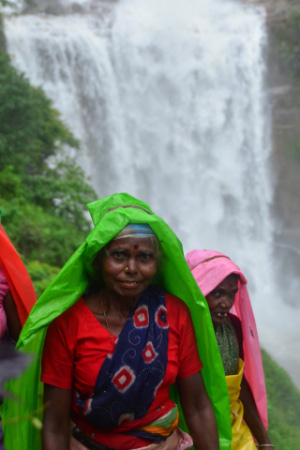
Sri Lanka’s “Up” Country
Although just 69 km from Sri Lanka’s second-largest city, Kandy, on the map, the island’s so-called “up” country seems an entire world away. This is first and foremost because the journey from Kandy, whether you do it by bus or train, takes several hours, on account of the dramatic rise in elevation – more than a kilometer – and, for the bus, roads that are dodgy at best.
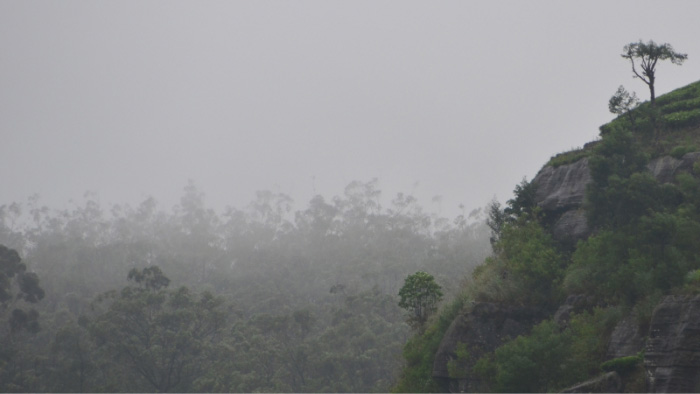

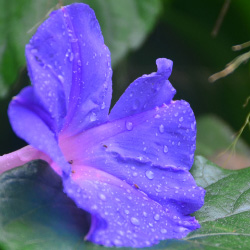
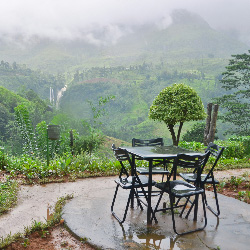
The otherworldly feeling that overtakes you en route to Sri Lanka’s up country reaches its climax upon arrival in Nuwara Eliya, a quirky town that serves as a sort of hub for the tea-producing region. That other feeling? Numbness – the average annual temperature in N.E. is a chilly 15.9°C, which says nothing of the nearly 2,000 mm of rain the town receives each year.
Tea Factory Tours
The tea plantations and factories near Nuwara Eliya are, not surprisingly, the largest tourist draw of the region. Most of them offer guided visits, which include walks through the tea fields, tours of the factories themselves and, of course, complimentary tea tastings.
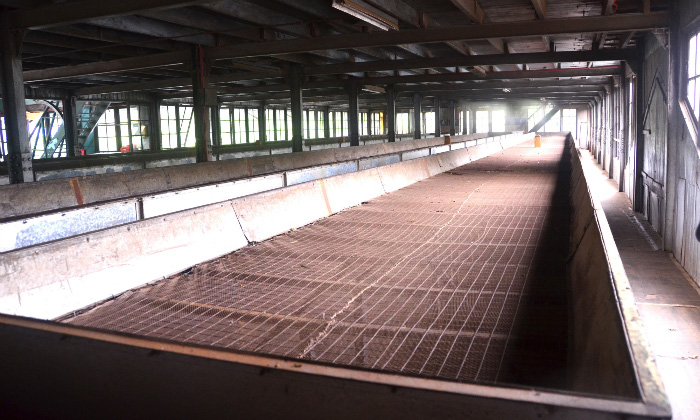
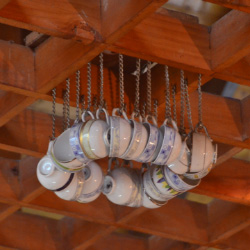
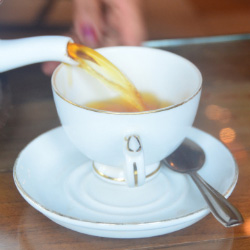
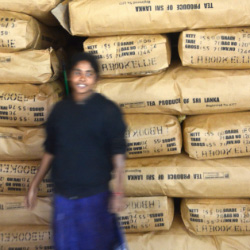
At the advice of a Sri Lankan friend, I chose to visit the Mackwoods Labookellie factory, which is located about 10 km from the Nuwara Eliya town center. The tour of the factory itself was a bit underwhelming, but enjoying a freshly-brewed cup of orange pekoe while looking out over emerald-green fields that have been in use, according to the guide, for over 150 years, more than made up for it.
Other tea factories around Nuwara Eliya include Blue Fields and Pedro, which is the closest to the city center. The fee for a tour, if there is one, is nominal, but you can expect to pay between 500-1,000 (or more!) Sri Lankan rupees for your taxi or tuk-tuk to the factory of your choice.
Please, Go Chasin’ Waterfalls!
Sri Lanka’s up country is all about natural splendor, and not just when it comes to tea factories. The combination of an extremely high altitude and the shit-ton of rain the region receives has led to the formation of a number of waterfalls, many of which are massive.
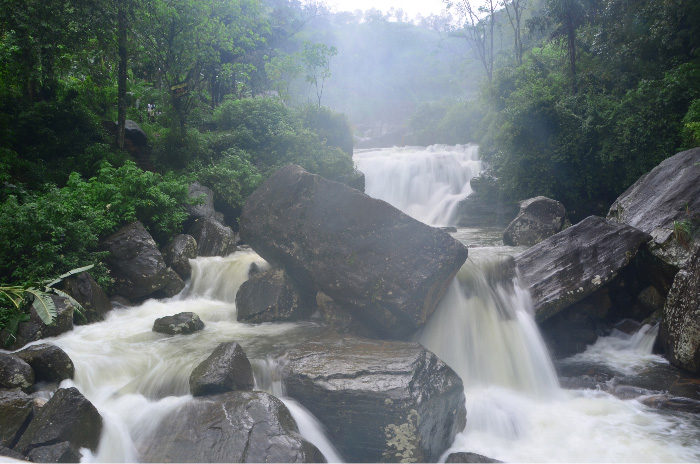
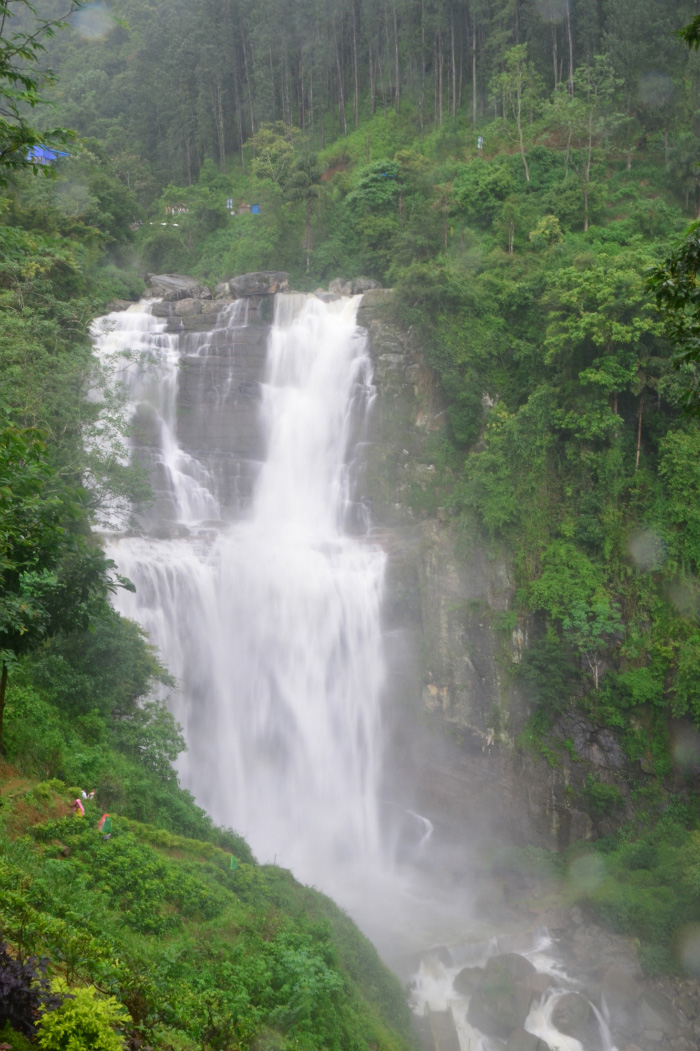
The most famous of these is Ramboda Falls, located about 30 km from the Nuwara Eliya town center at a particularly tight bend of the windy road that leads to the town. You can walk along the top of the fall toward its source, or enjoy a view from the bottom at a nearby hotel and restaurant.
As is the case with tea factories, Ramboda and other waterfalls don’t cost much (if anything) to enter, but transport to them, on account of distance and poor road conditions, can be expensive. For my day-trip, which includes transport both to Ramboda Falls and the Mackwoods Labookellie tea factory, I paid Rs 2,800, or about $22.
Nuwara Eliya Town
I mentioned earlier that Nuwara Eliya was quirky, and I meant it. The small town, which looks much more charming from a distance than when you’re down in it, is dotted with open-air markets, second-hand clothing sellers and a disproportionate number of “wine stores” that also serve as dive bars from locals, many of whom seem to be borderline alcoholics.
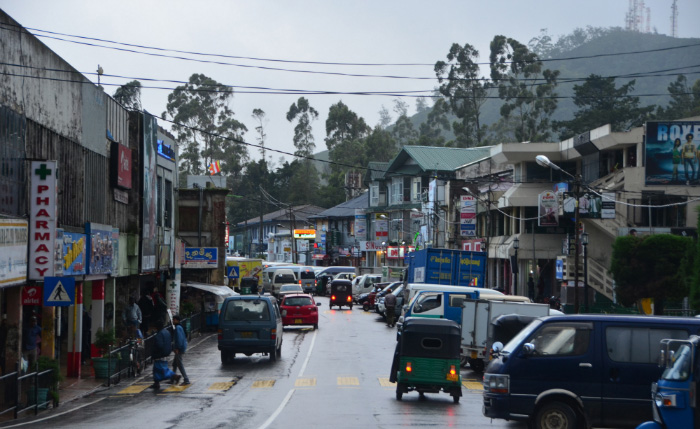


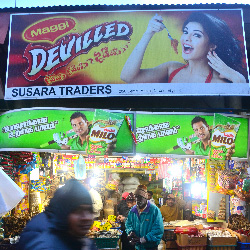
I’m told there are a couple of nice things to see in the vicinity of N.E., such as a lake and a botanical garden, but extremely poor weather during my visit prevented me from doing much exploring, save for walking into one of the aforementioned wine stores and trying to haggle a bottle of Carlo Rossi for less than 15 USD (and failing miserably).
Where to Stay in N.E.
I haven’t had a lot of luck finding good places to stay in Sri Lanka, but check out a place called “King Fern Bungalow”, I was skeptical as I walked up the stairs to reception. (All of my skepticism faded the moment I turned around to see the incredible landscape behind me, FYI.)
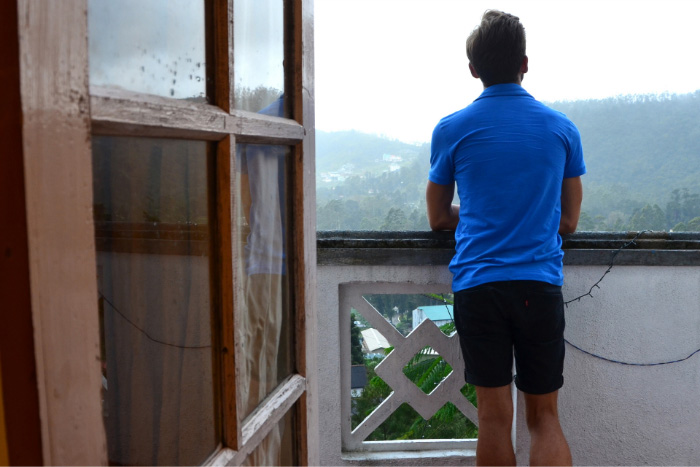
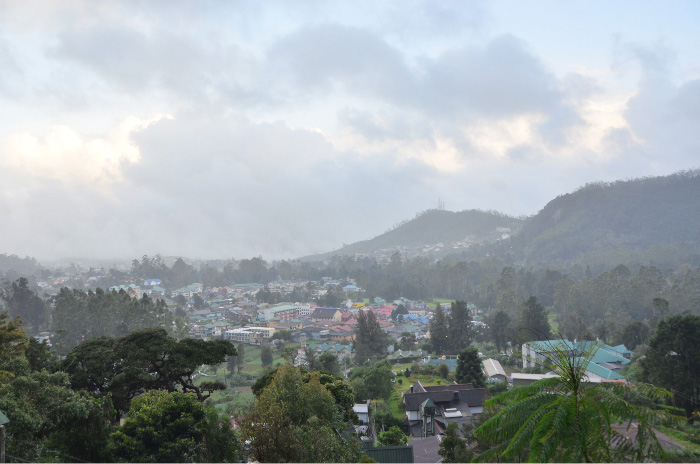
What I love about King Fern is that it’s perfect for travelers on a budget – a single room with breakfast costs just 25 USD – but also provides a convenient location, an incredible view and a homestyle hospitality I’ve found sorely lacking elsewhere during my trip.
My only complaint about the property is that they charge (quite a bit) extra if you want to use the in-room heaters, which you will almost certainly need during the cold months.

Robert Schrader is a travel writer and photographer who’s been roaming the world independently since 2005, writing for publications such as “CNNGo” and “Shanghaiist” along the way. His blog, Leave Your Daily Hell, provides a mix of travel advice, destination guides and personal essays covering the more esoteric aspects of life as a traveler.








